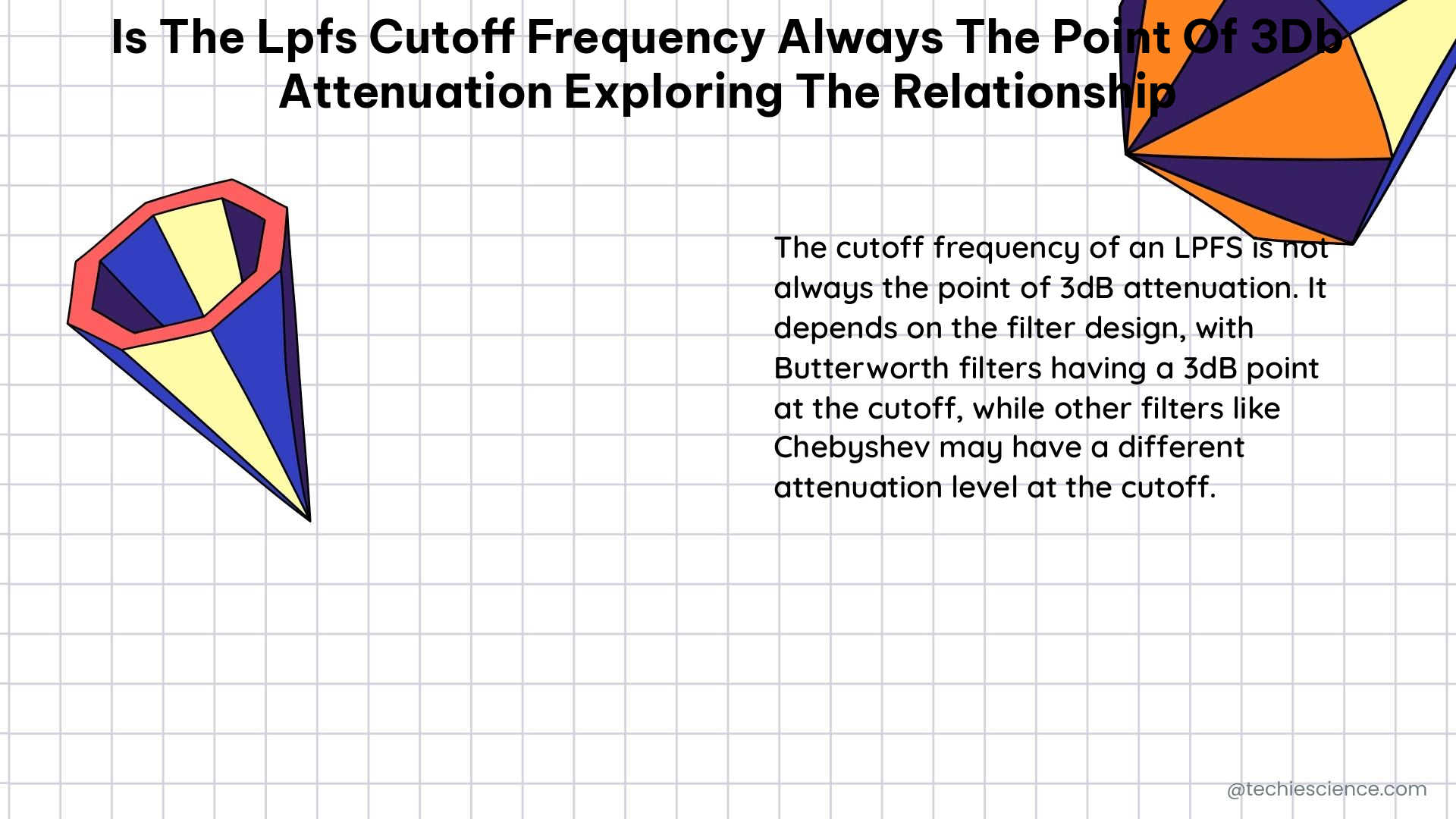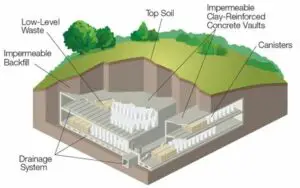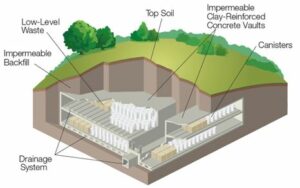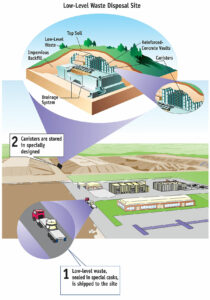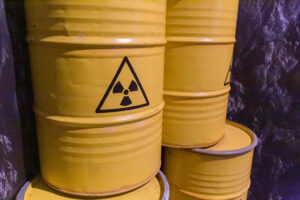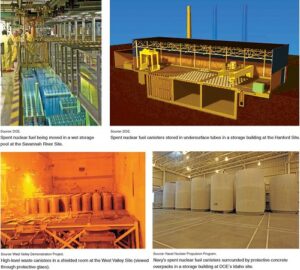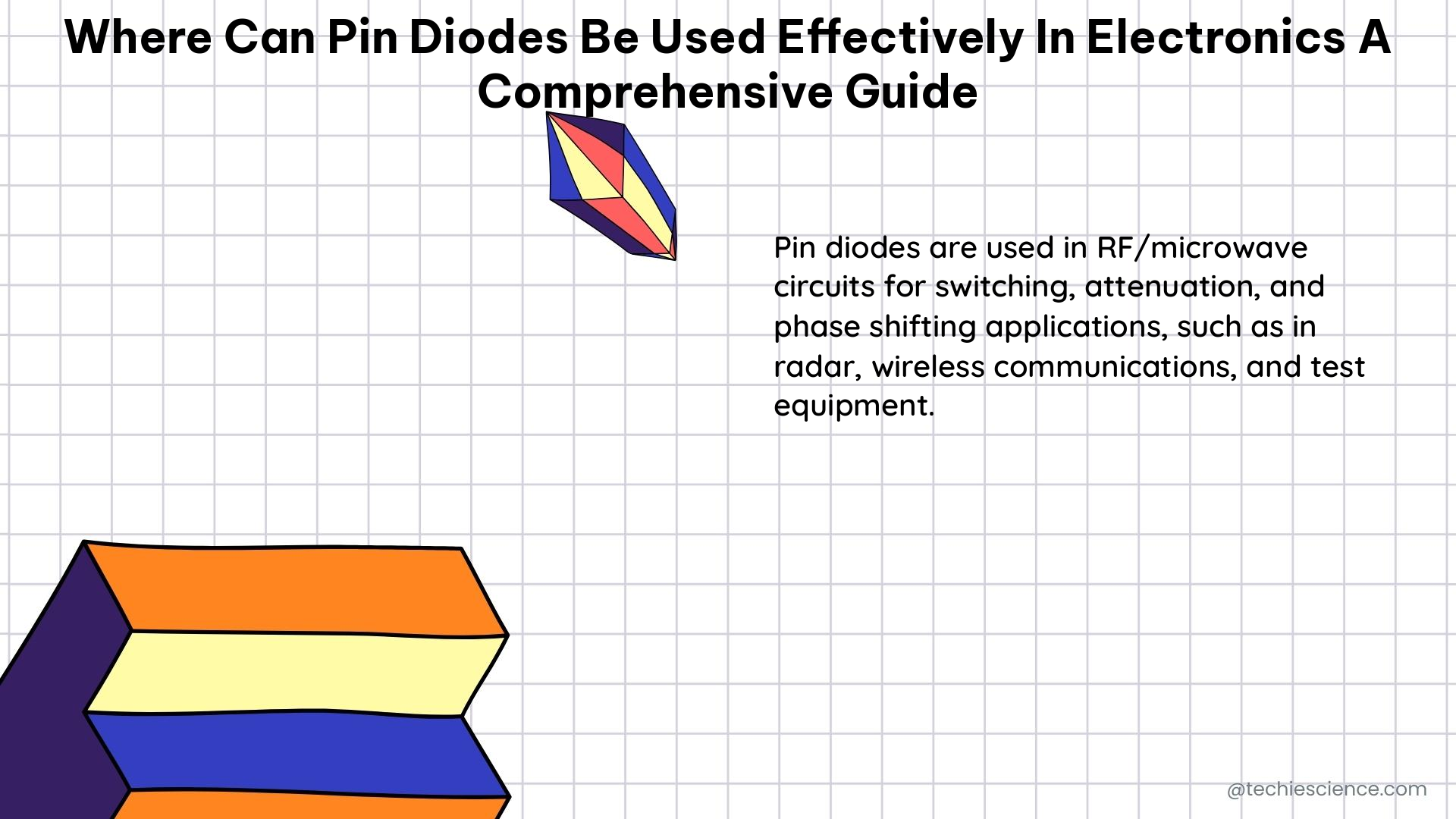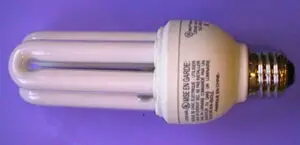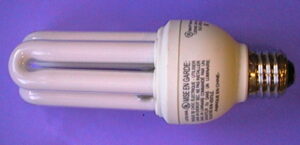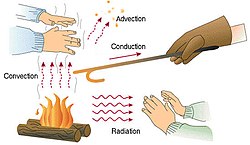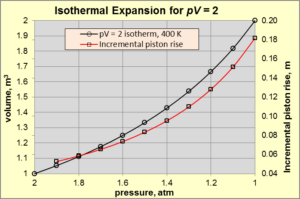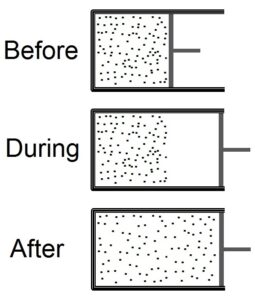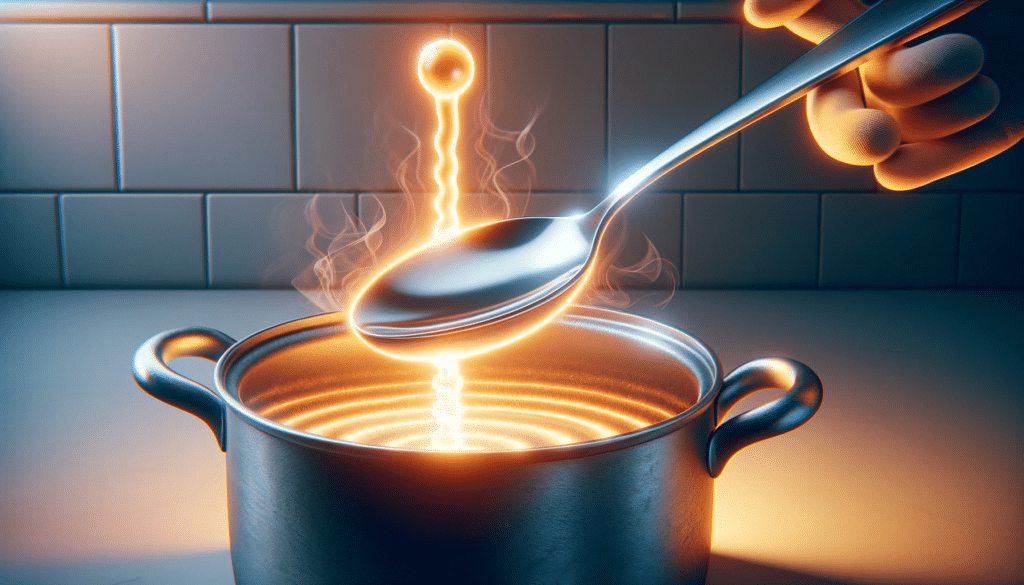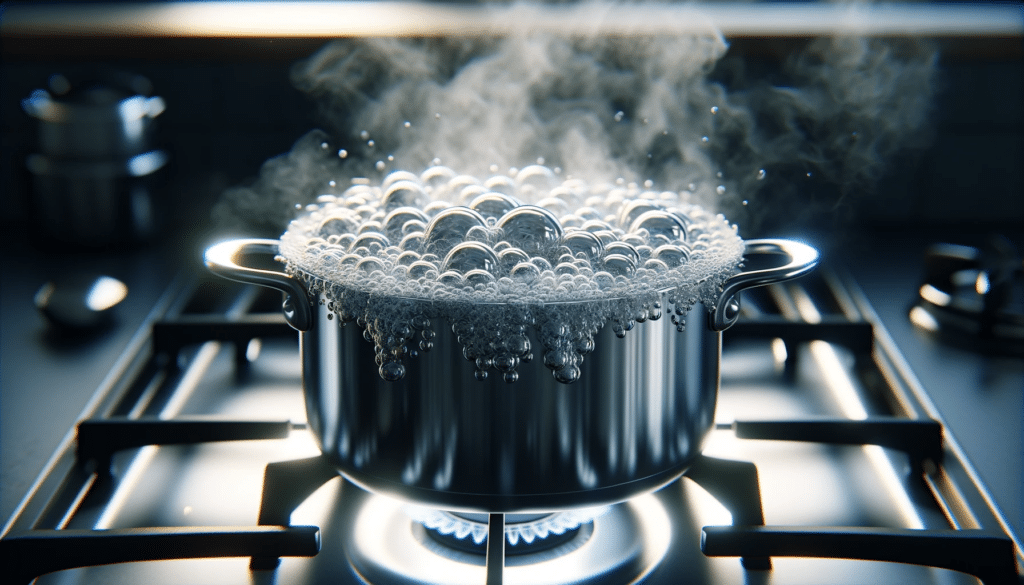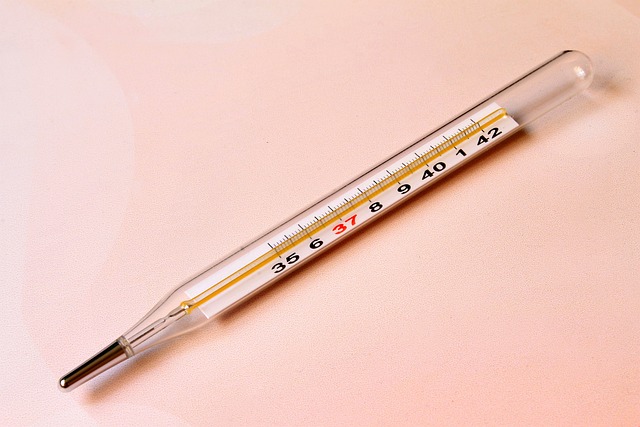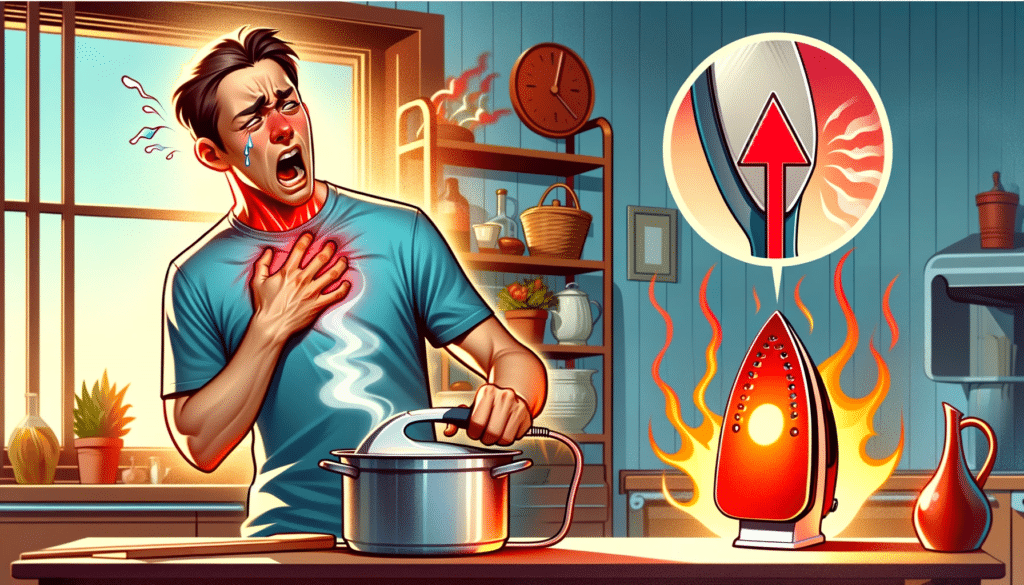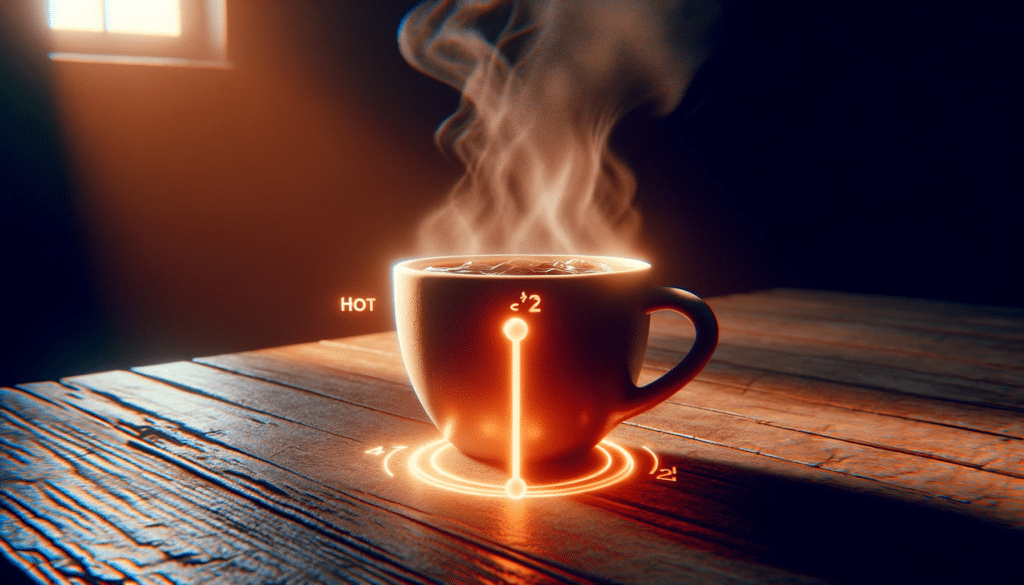In this article we will discuss different facts related to Low Limit Switch. As the name indicates Low Limit Switch is used for control applications.
Low Limit Switch is most widely used in the equipments where low temperature protection is a prior requirement. Low Limit Switch(also known as Freeze Stats)is designed with a vapour charged capillary sensing tube.
Mainly used in refrigerated cells and different equipments where operational temperature is maintained very low, minimum operational temperature is up to -40°C.
What is Low Limit Switch?
The Low Limit Switch plays the role of frost protection switch in water treatment and water supply plants, HVAC air conditioning( preferred in cold areas) etc.
Low Limit Switch is designed to monitor low temperature and to prevent damages that may occur due to frost accumulation. Generally suitable for hot water coil pipe unit, cold water pipe unit, heat exchanger, liquid carrying pipelines, surface air cooler etc.
Certain features of Low Limit Switch which make it more versatile for its wide range of application are easy to read dial, compact size, high reliability, quick response action etc.
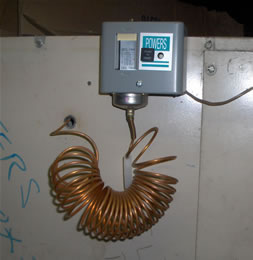
Low Limit Switch Working Principle
The working principle of Low Limit Switch is single- pole double-throw.
Low Limit Switch consists of a long copper capillary tube, full of vapour inside and acts as a sensing part. If any part of the capillary has senses a temperature lower than the setup point, inner switch will be off until temperature rises upto 2 or 2.5 °C than the set temperature. After that again the switch starts working.
To detect the low temperature and protective action the capillary tube is enclosed inside the pipeline. The long sensing tube contains vapour and the main body has an adjustable enclosure.
Generally freeze stats are made of 1/8”OD flexible tubing, filled with temperature sensitive gas vapour, the pressure of gas vapour goes down with decreasing temperature. The capillary tube is connected to a control box, where a temperature is set(35 F typically).
If any part of the temperature sensor element experiences a temperature drop lower than the predetermined or set point, the freeze stat will immediately trip. The sensor element has different lengths up to of 20 ft long and generally trip occur if the length within 12” to 18” goes lower than the set point.
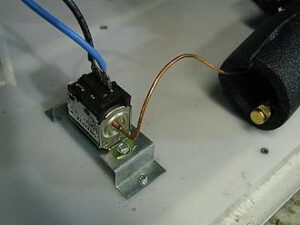
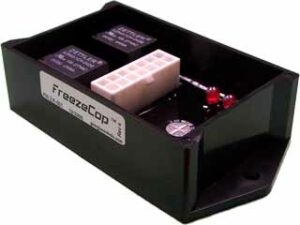
Low Limit Switch were designed for use on HVAC equipment which require low temperature cut out protection to prevent cooling coils from freezing. Low Limit Switch is connected between the heating and cooling coils on the supply side of the fan unit and gives an indication of lower temperature as per the senses received by the sensing element.
Low Limit Switch or Freeze Stats has both automatic and manual reset versions with a wide range of capillary lengths.
Applications of Low Limit Switch
Low Limit Switch protects cooling coils in air handler systems by preventing frost build up.
Low Limit Switch are most widely used in HVAC equipments, cooling coils and heat exchangers.
The thermostat and capillary sensing element provide an antifreeze function by sensing the lowest temperature along any one foot section of capillary tube. Automatic reset relays signal the building management system and also cut off the fan. As the temperature goes below the fixed safety point(set point), the low limit Switch immediately detects it.
Low Voltage Limit Switch
Low Voltage Limit Switch is used to control loads such as blower fans and heating elements without an intervening relay.
Low Voltage Switch is connected in circuits where a low voltage has to be maintained for perfect running of the machine. In case of a magnetic relay circuit it is so connected that a drop in voltage cause the motor starter to disconnect the motor from the line.
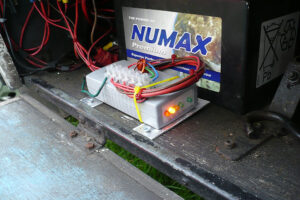
Limit Switches are used in a wide range of application including the production floor as well as daily lives. Limit Switches are the mechanical/electronic components on a production floor for control and safety purposes. Although the function of a Limit Switch is very obvious, wide variety of these switches are available in the market to offer flexibility.
Low Temperature Limit Switch
Low Temperature Limit Switch is a special version of limit switches designing for low operational temperature applications such as refrigerated cells or equipments.
Temperature Limit Switch controls the electrical circuit which in turn regulates the machine and its moving parts as per the requirement. Special materials are used to manufacture Low Temperature Limit Switches and it can perform well at an operational temperature below down to -40°C.
Low Temperature Limit Switch acts as a pilot device in magnetic starter control circuits and allow it to regulate the start, stop, slow down or accelerate the functions of an electric motor.
Some of the manufacturer design certain Low Limit Switches that can be used in the most hazardous and arduous application of industries to withstand harshet conditions and duty cycles including extreme cold at -60 °C.
How to Test a Low Limit Switch?
With the help of a basic Ohmmeter or Digital Multi-meter we can know whether the Limit Switch is working or not.
To test a Limit Switch we have to follow the following steps:
- first disconnect the switch from the system and then place the Digital Muliti-meter leads to each terminal.
- The resistance should be very high for a normally open(NO)limit switch.
- If the Limit Switch is normally closed(NC), the resistance should be closed to zero.
- Now keeping the limit switch into active position, measure the resistance.
- It should be the opposite in this setting, if there is no transition, the limit switch is bad.
Installation of a Low Limit Switch
The steps followed for installation of a Low Limit Switch are as follows:
- To install on a wall, make a hole with the help of a drilling machine as per the instructions in the manual and then lock the switch using self-tapping screw.
- Set the temperature in such a manner that environmental temperature should not be less than the setting temperature. Environmental temperature shouldn’t be lower than setting temperature. Keep away from cold and hot sources and avoid installing in outdoor.
- Never press the sensing capillary to avoid change in calibration result to maintain accuracy.
- For ensure accurate and reliable action, should at least wrap over 200mm length sensing capillary onto pipeline of related protection devices.
- In case of heat exchanger and surface air cooler, the sensing capillary of the limit switch should be installed at their leeward side.
- Make sure that power should be OFF before staring wiring to avoid any kind of accident.

